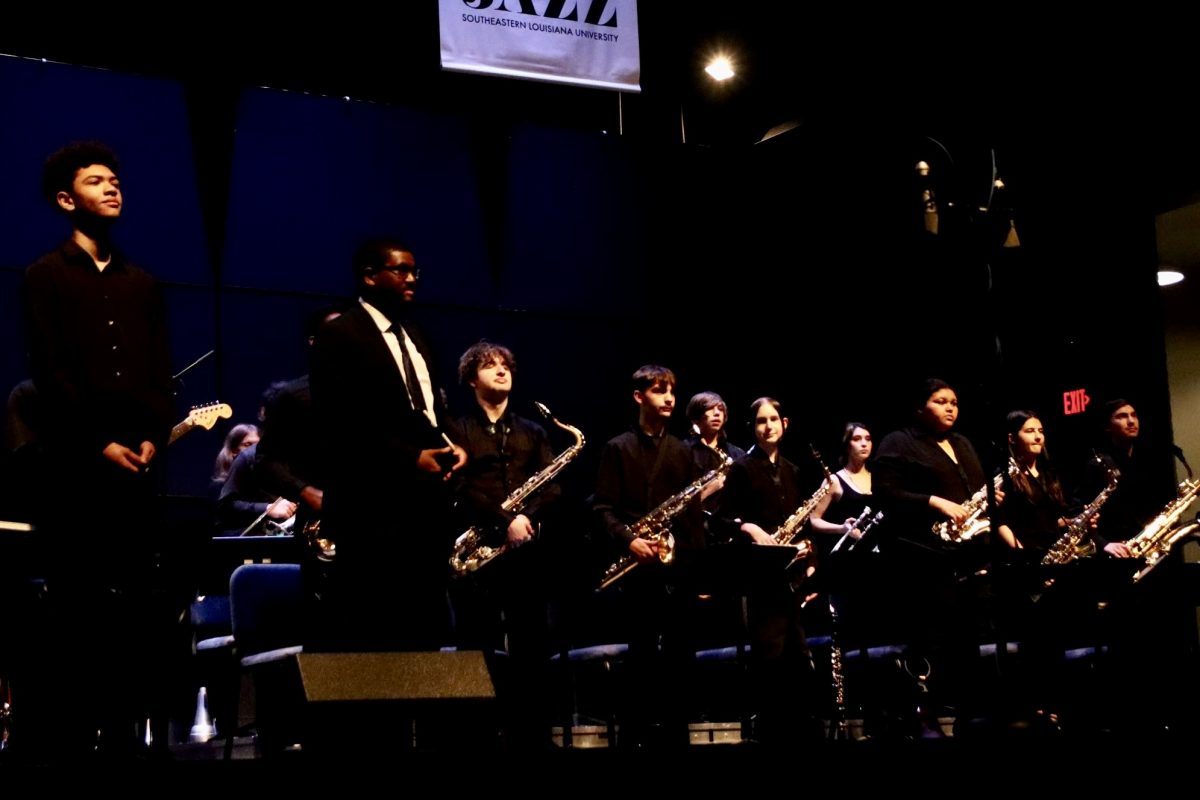In the span of seven years, TikTok managed to attract 900.7 million users as of 2024 and is the fifth most popular social media platform. The app’s impact has led other platforms to incorporate TikTok’s elements into their own media.
Despite the platform’s popularity, many are concerned about the effects it can have on users, especially younger users’ mental health. A common element of social media is the unhealthy cycle of comparison that occurs between users. Communication instructor Laura Dimattia spoke about the unhealthy nature of comparing oneself and trying to live through content creators.
“Continually viewing the carefully crafted ‘highlight reels’ of others’ lives on social media may create feelings of not measuring up and a heightened Fear of Missing Out (FOMO). Observing others’ exciting experiences can escalate the worry of missing out, causing anxiety. This occurs as individuals measure their real lives against the seemingly ‘picture-perfect’ portrayals online, resulting in lower self-esteem and even isolation,” Dimattia explained.
Senior creative writing major Skyler Baker described some of the videos and trends that can cause people to compare themselves to the content creator.
“Especially on TikTok, there are so many new trends and for women, there are so many beauty trends. I’ll be scrolling through and there will be this new makeup routine to try or an outfit everyone is wearing. There will be people who say, ‘I grinded and graduated, own a house, have a full-time job and all when I was 21 years old,’” Baker said.
The dynamic between users and content creators on social media is described as a parasocial relationship. These are one-sided relationships where one party is fully invested in forming a connection and the other party is unaware of the latter party’s existence.
Parasocial relationships have existed for a long time, commonly seen between celebrities and fans, but have become more direct thanks to the connective nature of social media. Fans can engage on a more direct basis with creators, which can often lead to fans feeling entitled to the creator’s attention.
Another fear that has become prevalent in the past few years is the possibility of political radicalization and how it affects the worldview of users. Many use TikTok as an alternate source of news and political information. SLU communication instructor Hunter Waddell discussed the ways social media apps keep users engaged with content.
“It’s hard because with social media, it’s where a lot of folks get their news nowadays, which makes it very hard to pick out what’s true or not and what opinions are getting skewed. With social media, they have an algorithm that tries to feed the user what they want to see, so if you’re watching a lot of content that is very conservative based and your liking, engaging and commenting on content that is very conservative, your feed will show you conservative content or creators,” Waddell said.
Apps like TikTok have measures and guidelines in place to police what content users can post and what content is allowed, but users are encouraged to use their discretion when engaging on social media.
TikTok’s popularity among younger users has made it a teaching tool, as both Dimattia and Waddell use the app in their classes to teach communication.
“In my communication classes, there are various essential topics that I cover, and TikTok and other social media platforms play a vital role in teaching these concepts.
TikTok offers a real-world opportunity for students to explore how messages are constructed, how they’re tailored to the platform’s format, and how users engage with and interpret this content,” Dimattia said. “Incorporating [the app] into my communication classes allows students to engage with contemporary communication practices, understand the influence of social media on society and critically analyze the role of digital platforms in shaping communication strategies.”
With TikTok being a popular app among younger generations, instructors like Waddell and Dimattia have found potential in its use as a tool to engage with others.
TikTok’s relevance and influence on current culture makes the impact on users’ mental health even more complex. Users are encouraged to educating themselves on what they interact with and how to responsibly use media platforms to have a healthy experience.
















11 • May 8, 2024 at 8:18 pm
good